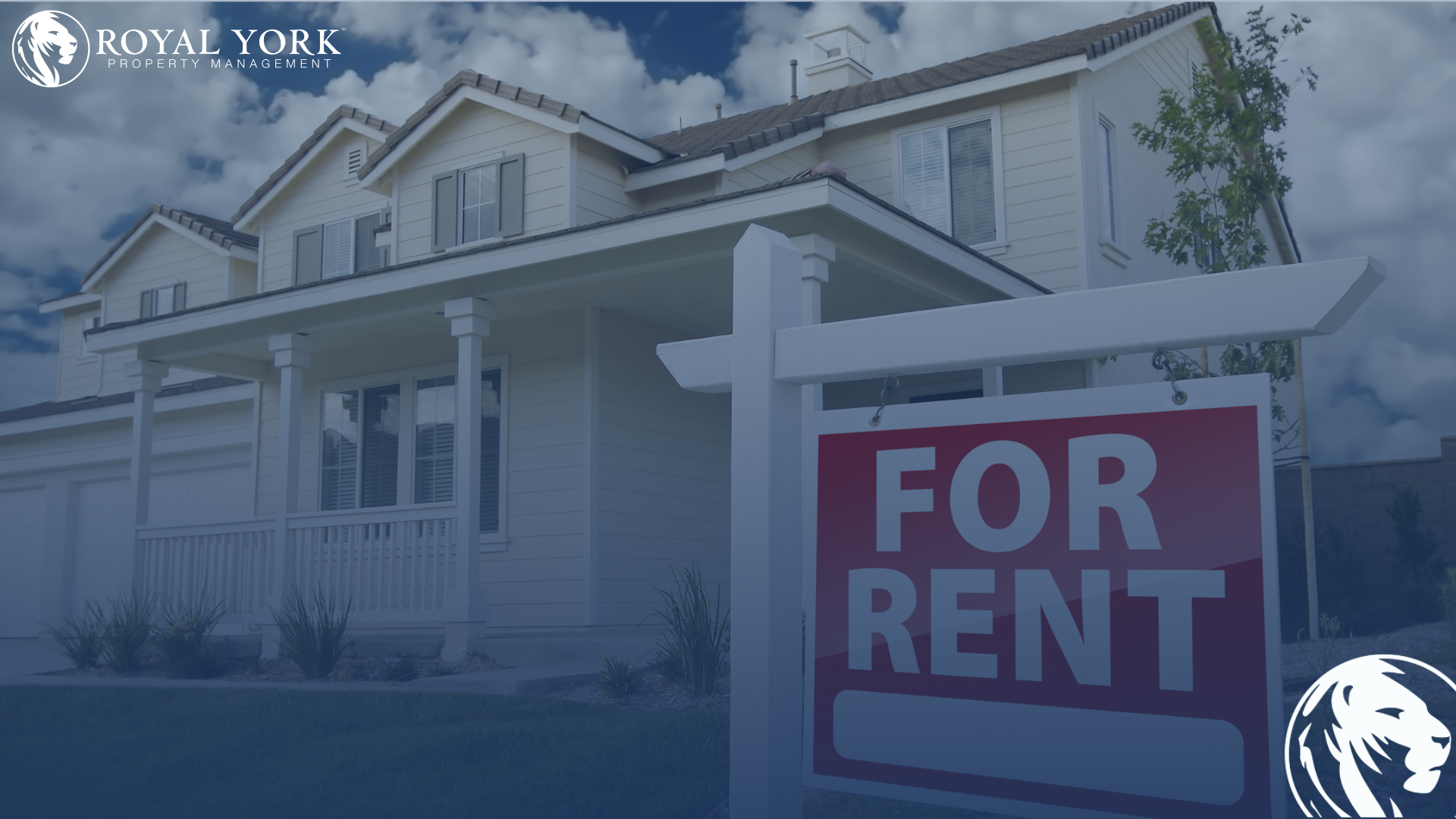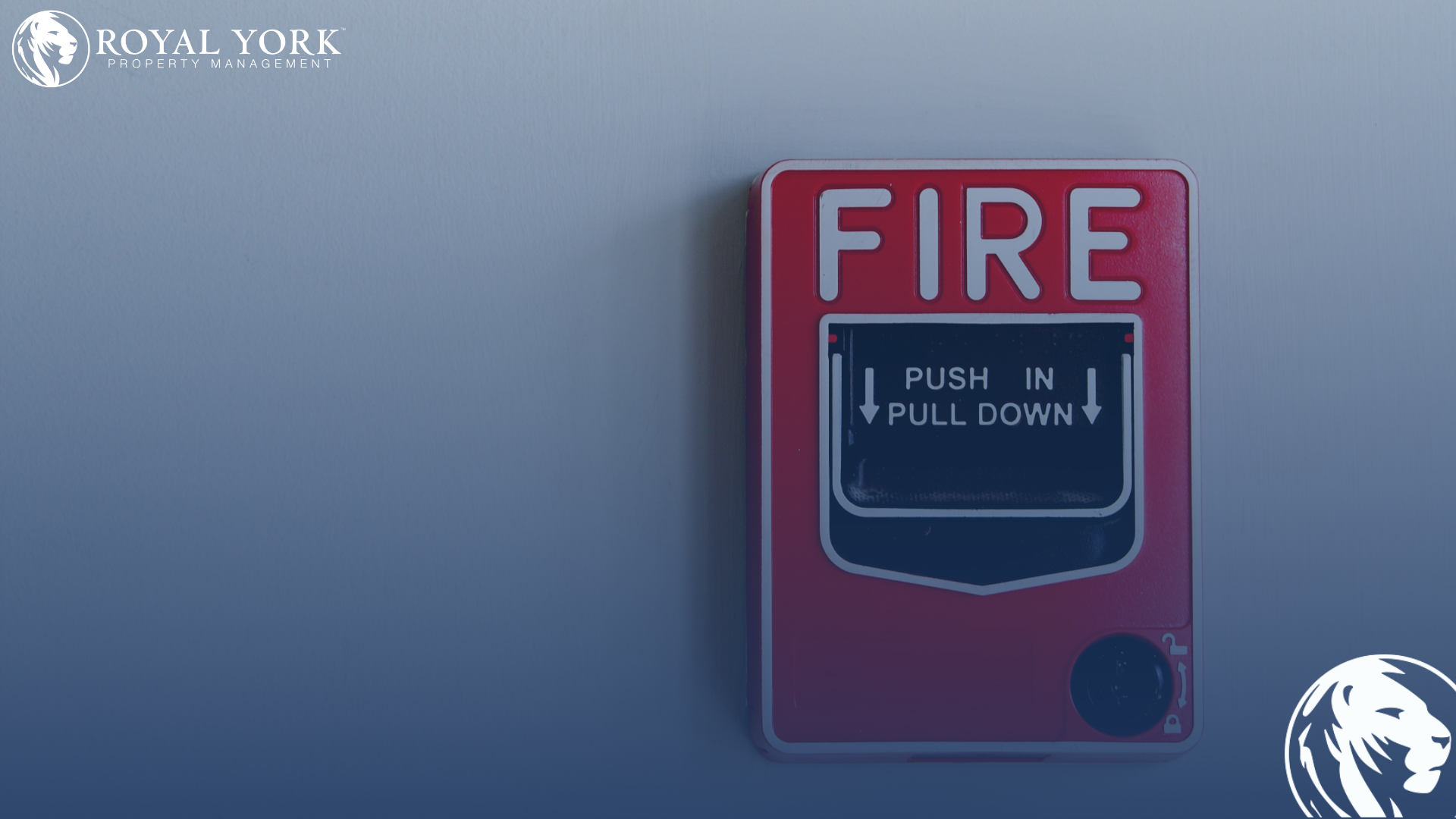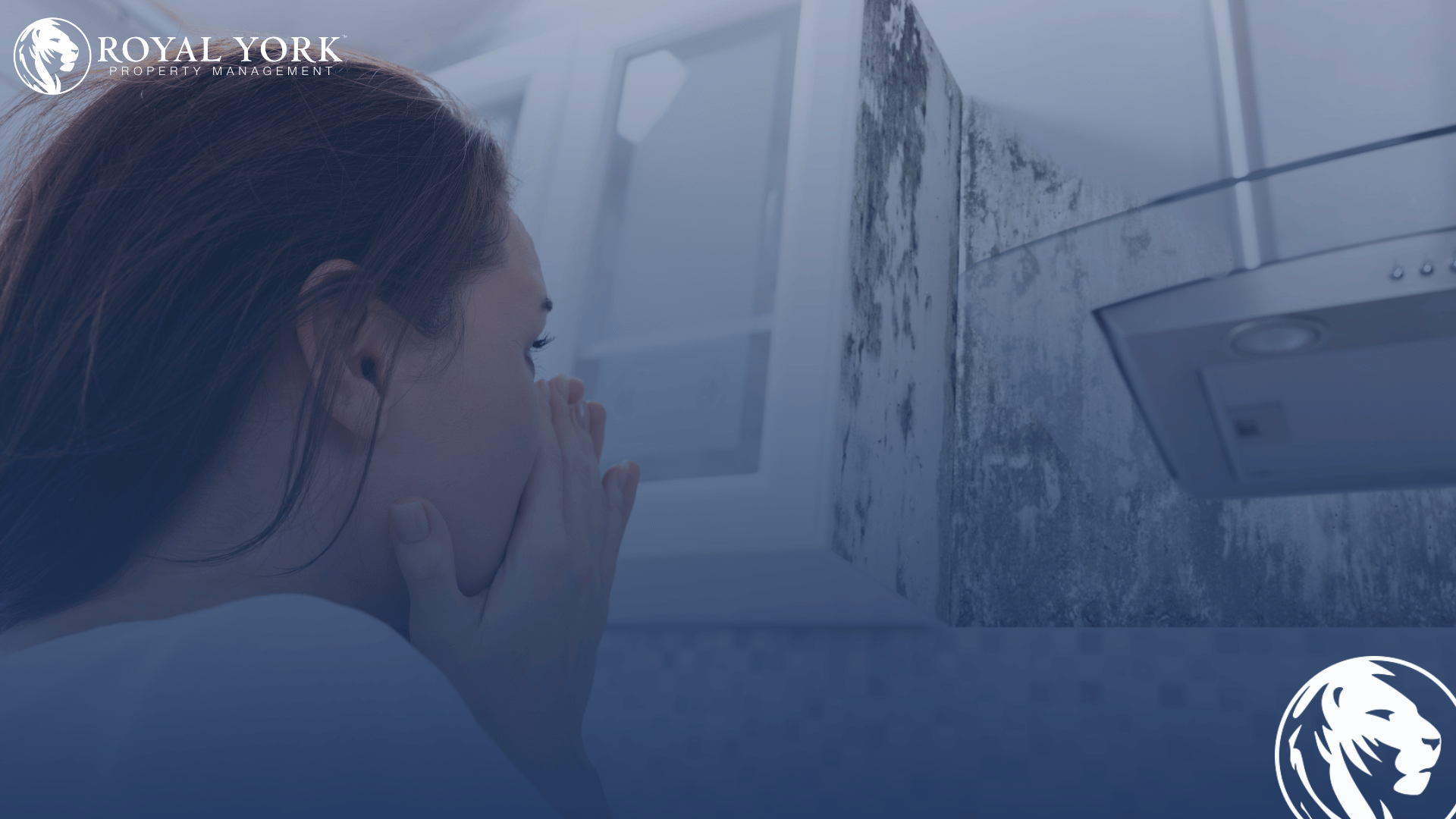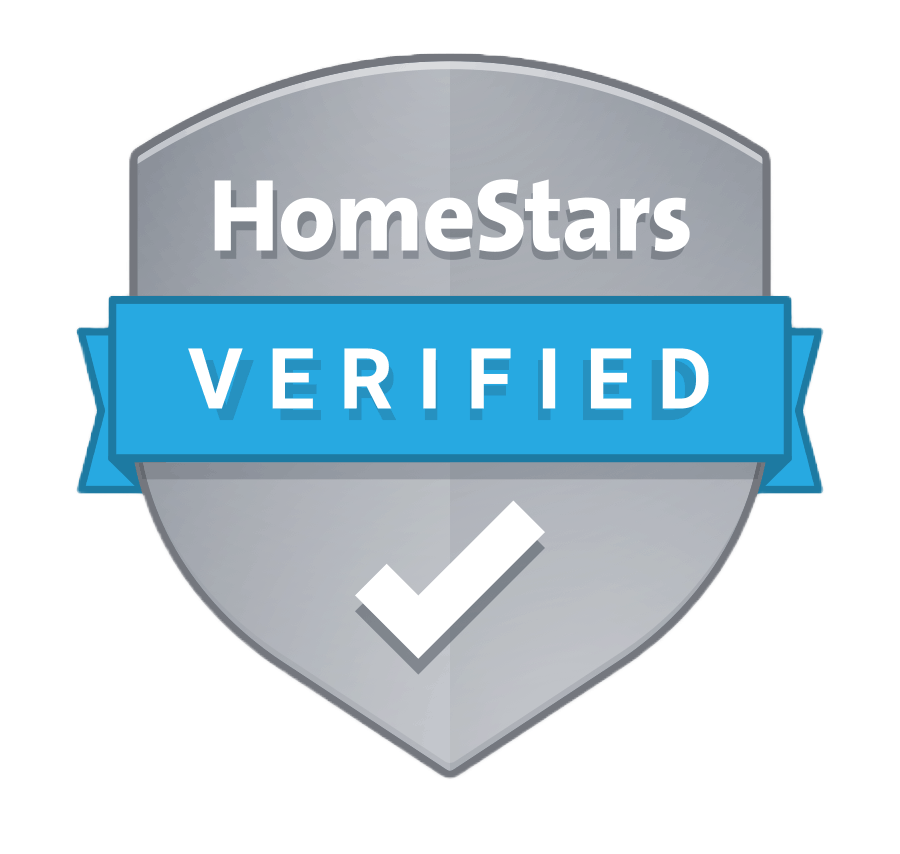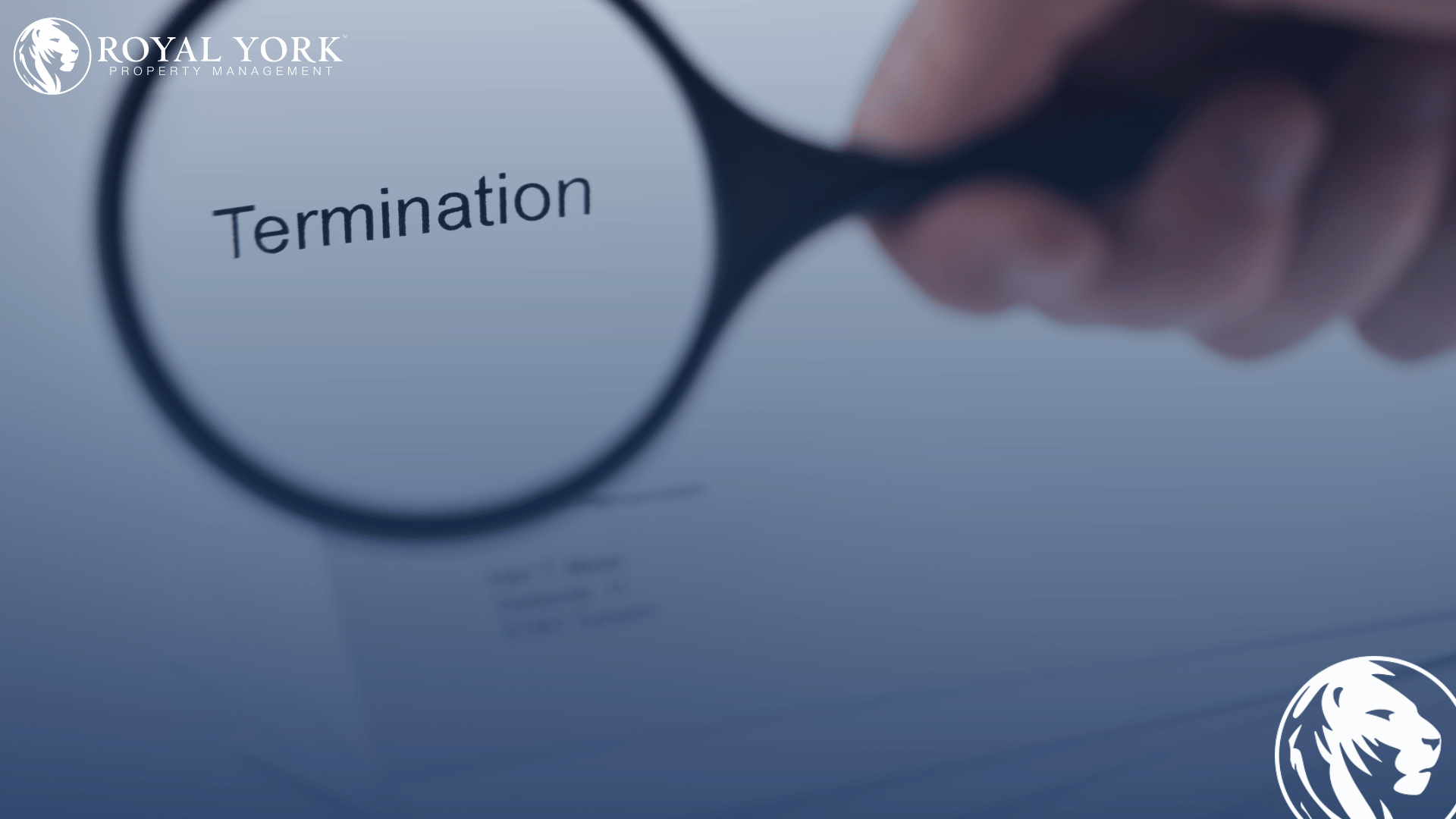
April 23, 2024
Property Management Tips, RYPM Resources, Market Trends
RYPM
We, at Royal York Property Management, understand that managing lease terminations and overseeing move-out procedures can be challenging for both landlords and tenants. This guide offers a comprehensive overview of the best practices and legal requirements specific to Hamilton, Ontario, helping you navigate this process with ease and confidence.
Awareness of Lease Terminations
Causes of Lease TerminationsTenants can have lease terminations
· Normally by giving 60 days written notice of termination before the end of a rental term.
· May be premised on circumstances such as undue hardship or domestic violence.
Landlords can terminate a lease
· For non-payment of rent
· When the rental property has suffered some form of damage
· Or the enjoyment of other tenants or the landlord is disturbed.
Legal Procedures of Notice
Notice Requirements
It is crucial to serve the correct notice period with reference to the causes of termination. For a landlord, this can be serving an N4 notice for non-payment of rent or an N5 notice for behavioural issues.
Documentation
It is essential to record everything done concerning the termination of the lease. This will be of great help in case of disputes between the parties involved.
Preparing for Move-Out
What Tenants Are Responsible For
Tenants are expected to vacate the premises in the condition they received it, save for ordinary wear and tear. This means that they must remove all their belongings and leave the premises in a clean state. A final walk-through with the landlord can be held significant to ensure that both parties agree on the condition of the property, which is an imperative condition for the release of any security deposit.
Responsibilities of Landlords
The final inspection should be scheduled at a convenient time mutually agreed upon by the landlords. Before the final inspection, it is worthwhile to provide the tenants with a checklist indicating what will be inspected. Returns of the security deposit should comply with the Ontario laws, according to which the return should be within 10 days after the tenant vacates the premises, if damages other than normal wear and tear have not occurred.
Best Practices in Smooth Move-Out Process
Clear Expectations and Instructions
Whenever an expectation needs to be set to ensure the process of returning keys and cleanliness of the property is dealt with, instructions should be in writing, detailing how things should be done. Tenants should be available to answer any questions that may arise in the process, thus cutting off confusion and adherence to everything.
Availability for Questions: Some questions actually deal with the process itself, and therefore you need to be in position whenever. If possible, provide written instructions and prepare a checklist for the process.
Checklist for Move-Out
Create a checklist for moving out smoothly and include everything important in it like vacuuming, scrubing floors, and removing nails from the walls. Remind tenants to cancel or transfer their utility accounts in order to avoid charges for the period of time the tenant is no longer living in the rental property.Dealing with Tenants' Complaints Upon Move-Out
Dealing with Damage Claims
Setting Damage Assessment Standards: Both parties should be able to distinguish normal wear and tear and damage. Clearing explanations and examples may be used to define these standards and prevent arguments at the time of move-out.
Dispute Settlement Processes: In case of disputes over damage, set-up processes may help accelerate probable solutions. Such processes may include mediation or, in the last resort, arbitrage by the Landlord and Tenant Board.
Ensuring That Rental Agreements Are Completely Complied With
Agreements and Lease Review: Both the tenant and landlord should run the agreement, or lease, in detail before moving out in order to know that all parties understand the clauses regarding the leaving process and the duties towards their tenants.
Additional Amendments and Acquired Exceptions: All the amendments or additions made to the agreement and the exceptions granted during the tenancy should be considered and noted in order to avoid any possible misinterpretation at the time of leaving.
Leveraging Technology for Effective Move-Outs
Digital Documentation and Checklist
A large percentage of moves are documented orally. Digital tools, such as time-stamped photos or a digital checklist, makes the move-out process much more efficient and clear on what the property was left in by the tenant at the end of the lease.
Online Communication: Online portals can be used for scheduling inspections, communicating expectations, and for addressing concerns to make this process as efficient and transparent as possible.
Feedback Collection
Post-Move-Out Feedback: The best way to get insight on improving processes for the future and improving interactions with tenants is to seek feedback from them after they have moved out.
Continuous Improvement: Feedback is used to improve move-out protocols and interactions with tenants to ensure the experience is positive and helps with reputation and tenants' relationships over time.
Promoting Sustainability in Move-Out Procedures
Encouraging Eco-Friendly Practices
Advice tenants on the proper ways of disposing of unwanted items, such as giving them away to local charities or even recycling centers. Apart from reducing the volume of waste going into landfills, this also helps the local resources of the community. Also recommend eco-friendly cleaning products and methods to tenants. This promotes a healthier environment and falls under sustainable property management practices.
Enhancing Energy EfficiencyUtility Management reminder: Always remind tenants to leave all lights off and all thermostats turned back to standard temperature upon turnover. This helps in avoiding excess energy usage and keeps the utility bills of the property in check while the unit is vacant.
If you are facing challenges with lease termination or moving out, then contact Royal York Property Management for professional advice and support. We stand committed to provide all kinds of property management solutions, which will simplify transitions and maintain the highest standards of property care.





